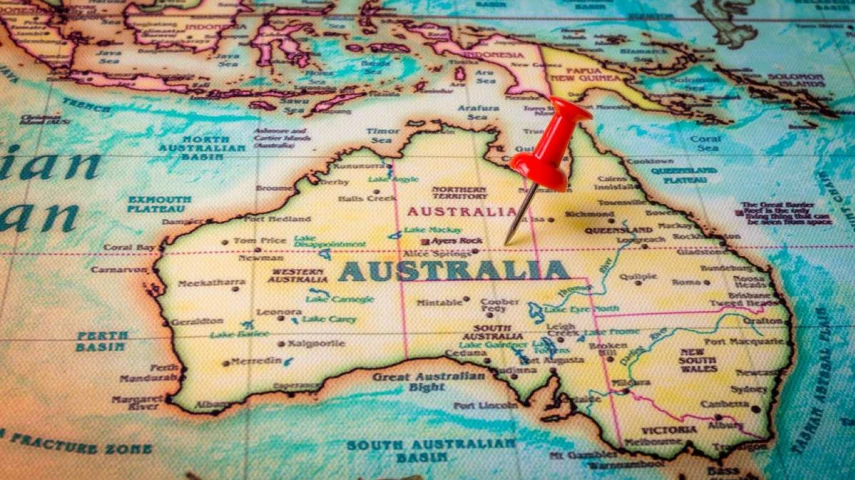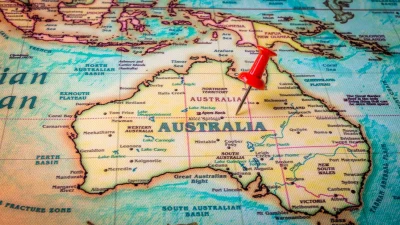Australia ahead on the Western inflation curve



Due to the nation’s sensitivity to the global economy, Australia could be leading Western central banks in the race against inflation.
On 4 April, the Reserve Bank of Australia (RBA) held the official cash rate at 3.6 per cent after 10 consecutive hikes since May 2022.
Despite the halt, RBA governor Phil Lowe warned further tightening would be on the horizon to meet the inflation target of 2 to 3 per cent.
Speaking to the Australian Institute of Superannuation Trustees (AIST), Steven Major, global head of fixed income research at HSBC, believed that Australia was further along in the inflation cycle than other Western central banks and could offer them a guide on future events.
“It is possible that on this occasion, Australia could be slightly ahead of other central banks in the cycle because of that sensitivity to the global economy,” he said.
The country had often led interest rate cycles in the past, potentially reflecting its geography, open economy sensitive to global trade and large superannuation industry, he said.
Moreover, Australia was more susceptible to central bank decisions due to its economy having a high proportion of variable rate mortgages.
“I think if anything, Australia can often be at the front of the pack in a peloton of central banks,” Major added. “For investors globally, it means you can’t ignore what’s happening in Australia.”
For traders looking outward to predict official interest rates and fixed income yields, the global head believed Australia could be the one to keep an eye out for.
“Everyone’s looking at Australia to try and get a lead on what might be happening, in the US even,” he noted.
“I think that if you took a directional view on rates, for example, sometimes you might be better off expressing it in a market like Australia than elsewhere.”
Whilst emerging markets began raising their interest rates sooner than developed economies, many central banks were now “racing to catch up” following their pandemic responses and the reopening of other economies.
Meanwhile, Major questioned whether a “major regime shift” was occurring in bond markets due to changing investor sentiment.
Bond investors had been managing policy surprises, which led to market volatility increasing risk premiums and yields.
This was seen with the Bank of Japan’s policy normalisation and the UK’s temporary departure from fiscal discipline in September 2022, alongside China’s economic reopening.
Despite economic volatility, Major expressed a positive outlook on bonds following their worst performance in 100 years during 2022.
“I think the set-up is quite good for bonds now because, if I look at the relative performance, bonds look, dare I say it, cheap or cheaper.”
Recommended for you
The merger with L1 Capital will “inject new life” into Platinum, Morningstar believes, but is unlikely to boost Platinum’s declining funds under management.
More than half of the top 20 most popular shares bought by advised investors during the first half of 2025 were ETFs, according to AUSIEX data.
At least two-thirds of ETF flows are understood to be driven by intermediaries, according to Global X, as net flows into Australian ETFs spike 97 per cent in the first half of 2025.
Inflows for the first half of 2025 for GQG Partners stand at US$8 billion, but the firm has flagged fund underperformance could be a headwind for future flows.













